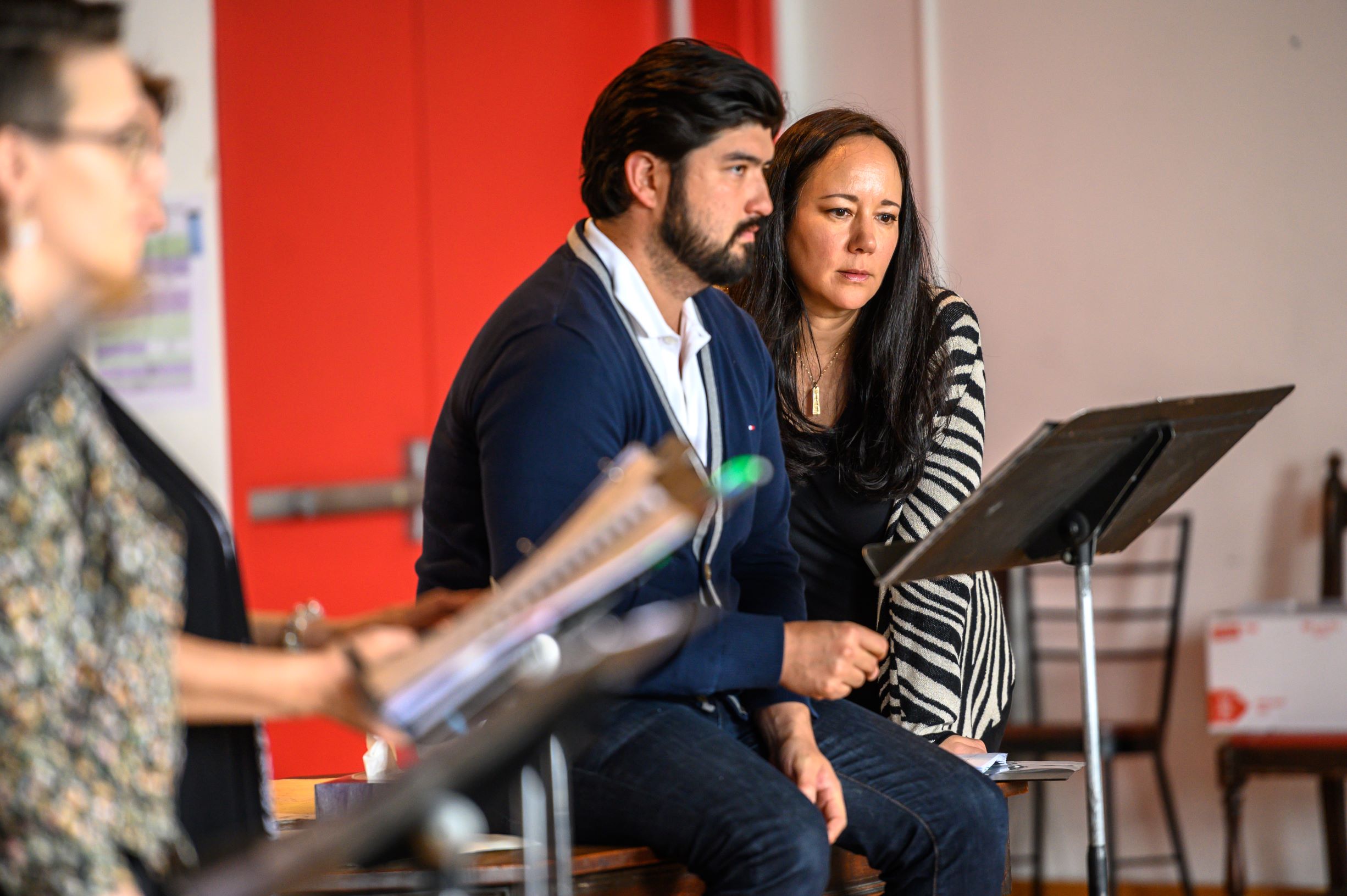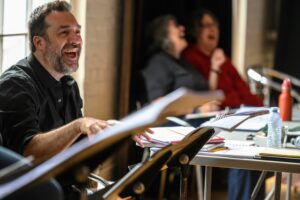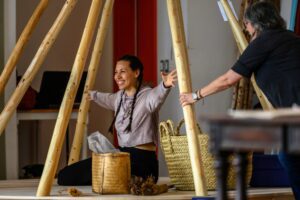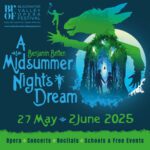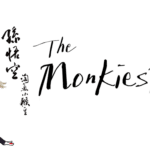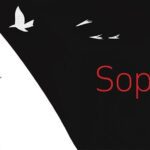In some circles, opera is perceived as a notoriously ‘colonial artform.’ But the creators of Tapestry Opera and Opera on the Avalon‘s Shanawdithit don’t believe in the label. After all, examples of opera—any piece of theatre that combines singing, acting, and elements of design—can be found in every era, from cultures all around the world. I had a chance to sit down with librettist Yvette Nolan and composer Dean Burry to talk about Shanawdithit’s place in its operatic and cultural context.
“Tapestry is using the form to tell stories, to push against the colonial,” Nolan says. Tapestry is a company that fosters and produces original Canadian opera; it sticks out like maple leaf sail in a sea of centuries-old European opera. Shanawdithit tells the story of the land before it was Canada. On the heels of the nation’s 150th, Nolan says Canadians are finally looking around, saying: “Maybe the way we’ve told our history is not the only way.”
It happens that the tools of opera are perfect for telling this story. “Look at the [rehearsal] room; there’s a bunch of Indigenous artists in there,” Nolan says, referring to the singers. “I don’t want to tell anyone how they can express themselves. Marion [Newman in the title role] talks about longhouse and about performing, singing, dancing, drama and how all of that works together in her traditions. That’s just opera except inside a community rather than turned outward. It’s not alien.”
The libretto tells the story of Shanawdithit, the last living member of the Beothuk people. She lived in what is now known as Newfoundland and was taken to St John’s to live with English settler William Cormack. There, she drew a series of ten drawings depicting Beothuk culture, daily life, and interactions with the settlers. She died of tuberculosis but her legacy, her artwork, is all the concrete information we have of her people. In the opera, Newman (Kwagiulth and Stó:lo First Nations, English, Irish and Scottish mezzo-soprano) sings, “How can I sing to descendants I will never have?” Even in a bare-bones rehearsal space, there is not a dry eye.
“we want to tell our stories but we don’t want to give them to you”
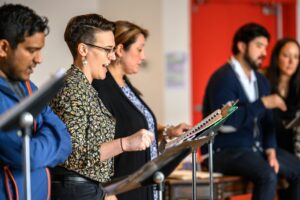
(l-r) Asitha Tennekoon, Rebecca Cuddy, Deantha Edmunds, Clarence Frazer, and Marion Newman in rehearsal for Tapestry Opera’s Shanawdithit. Photo: Dahlia Katz
Newman sits at a desk scattered with photocopied versions of Shanawdithit’s drawings. To help her arrive in the right headspace during the pivotal scene—Shanawdithit is deciding if she will draw her story for Cormack—Nolan tells her to channel the conflicting feeling of “we want to tell our stories but we don’t want to give them to you.” Joining Newman onstage will be Canadian baritone Clarence Frazer as Cormack, and a chorus featuring Métis mezzo-soprano Rebecca Cuddy, and Inuk soprano Deantha Edmunds among others.
Originally from central Newfoundland, Burry grew up with Shanawdithit’s story populating the public consciousness of the region. In fact, he submitted a version of Shanawdithit for his master’s thesis three decades ago, but audiences will see a completely different piece in May. “[I was] going to write this big, grand, 5 Act, French[-style] opera,” Burry says, “At the time it was the idea that stories are for everyone and that stories are there for the taking, and that’s not always the case, specifically with such a history of stories being stolen from Canadian First Nations groups.”
Still, Burry never doubted that it was his place to help tell this story. This time around, he partnered with Nolan (Algonquin) who is a director, playwright, and actor. She is recognized for her contributions to Canadian Indigenous theatre. The pair relied on five contemporary Indigenous artists’ interpretations of Shanawdithit’s drawings to inform the score and libretto. The production will also feature dance elements by Torontonian artist Aria Evans (Mi’kmaq, Black, and settler heritage).
Mindful of his place in telling this story, Burry didn’t want to appropriate elements of Indigenous music. Instead, he endeavoured to use sounds that everyone in the region shared, leading to a soundscape score on a scale Burry had yet to attempt in his career. “Growing up in central Newfoundland, the sounds of the wind and the water and the waves; not only are they around us all the time but also it’s a very important part of any First Nations culture as well.” Behind-the-scenes preparations found the cast and crew joking about chugging water bottles so they could be filled with popcorn kernels to add layers to Burry’s sound world.
“You start thinking about [opera] as a living art form,” Nolan says, “It’s a conversation–the form is speaking to contemporary composers and audiences”
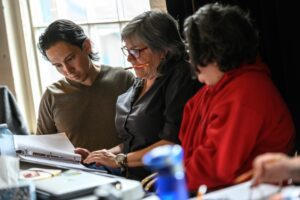
Nolan and General Director Michael Mori in rehearsal for Tapestry Opera’s Shanawdithit. Photo: Dahlia Katz
“None of us are trying to write Wagnerian operas, or to try to write like Mozart—the things which people perceive as the touchstones of the genre. We’re combining all those different art forms in our own way, and yes, using the word opera,” Burry says. Perhaps placing a label on an art form is a narrow-sighted way to go; it stops the progress of the genre and hinders its vast storytelling capabilities. Opera can be about anyone and anything and Shanawdithit will hopefully demonstrate that for audiences this spring.
“People think of opera as being old-fashioned with a lot of baggage to it and the reality is that…forms of storytelling using every artform is fairly universal,” Burry says, “People are realizing you can have a big social impact with a piece like this in the operatic medium.”
Shanawdithit premieres at Tapestry Opera in Toronto on May 16th and travels to Opera on the Avalon in Newfoundland and Labrador on June 21st.

